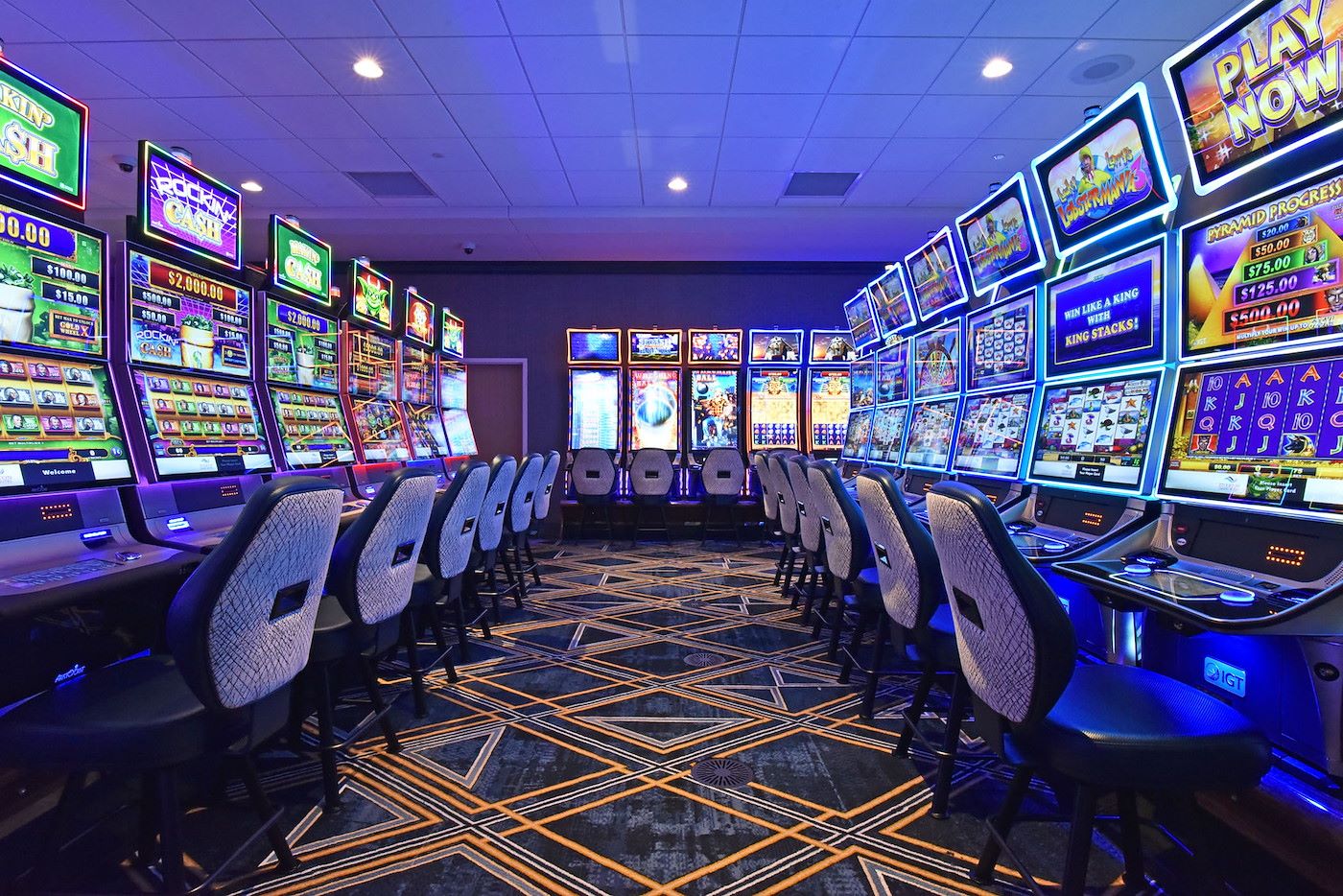
Within the dynamic and exciting world of casinos, where fortune and tactics intertwine, hues and aesthetic play a key role in attracting gamblers. From the moment visitors step inside a casino or access a gaming website, they are immersed in a sightly feast that grabs their attention and lures them to explore more. Vivid colors, captivating graphics, and creative layouts are meticulously crafted to create an atmosphere of excitement and expectation, ultimately enhancing the gaming encounter.
As gamblers navigate through the dynamic landscape of casino games, they come across a range of designs that not only serve aesthetic purposes but also influence feelings and choices. Hues like scarlet and yellow symbolize riches and fortune, while soothing navy and greens can create a more relaxed environment. Understanding how these elements function together allows casinos to create an inviting and energizing atmosphere that encourages players to interact with the games, invest more time at the tables, and boost their overall enjoyment.
The Psychology of Tint in Casino Games
Hue plays a critical role in the design of gaming experiences, shaping players’ emotional states and actions. Bright and striking hues, such as scarlet and gold, are often used to ignite excitement and attract attention. These hues create a sense of immediacy and vitality, encouraging gamblers to involve themselves more enthusiastically with the activity. By intentionally selecting hues, designers aim to evoke emotions of satisfaction and expectation, which can enhance the complete game experience.
Various shades also have psychological connotations that can impact how participants perceive their possibilities of success. For example, emerald is commonly associated with luck and wealth, making it a well-liked choice in activities like roulette and poker games. This link can cause gamblers to feel more positive and confident in their gaming, ultimately inspiring them to stake more. Grasping these connections allows game designers to craft environments that enhance player satisfaction and retention.
In addition, the layout of casino game interfaces often utilizes blended colors and opposing shades to guide players’ actions. For example, successful results may be emphasized with bright, opposing colors, creating a visual cue. This approach supports favorable outcomes and encourages repeated participation. By utilizing color psychology, gambling establishments can develop activities that not only attract participants but also maintain them engaged and invested in their game experience.
Creative Elements that Engage Gamers
The aesthetic appeal of gambling games is primarily influenced by the implementation of bold colors. Lively and contrasting colors are deliberately chosen to create an appealing atmosphere that grabs interest. For instance, crimson and golds often signify luck and prosperity, which is why they are prevalent in the palettes of gaming machines and game surfaces. These colors not only attract players in, but they also stir emotions related to thrill and expectation, enhancing the total gaming experience.
In addition to color, the design and organization of casino games play a crucial role in captivating players. Games are designed to be intuitive, ensuring that players can easily understand the guidelines and gameplay. Accessible interfaces, along with captivating graphics and animations, help maintain player interest and encourage longer play sessions. The tactile elements, such as the texture of the controls and the sounds of the games, also contribute to a holistic sensory experience that keeps players engaged. https://78win.id/
In conclusion, conceptual elements in game design can greatly influence player choice. Many casino games are inspired by media, fairy tales, or exploration motifs, incorporating symbols and characters that connect with players. These themes create a sense of engagement and connection, making each game feel distinct. When players feel a connection to the theme, they are more likely to choose that game over others, leading to increased participation and excitement within the gambling environment.
Case Studies: Notable Gambling Slot Designs
One noteworthy example of successful casino game design is the popular slot machine series themed around blockbuster movies. Games such as those based on the Wizard of Oz and Game of thrones utilize bright colors and top-notch graphics to engage players in recognizable narratives. The use of dynamic visuals and captivating sound effects captures the interest of players, building an psychological connection to the theme. This approach not just encourages longer play but also enhances the overall gaming experience, leading to increased player retention.
Another notable case is the use of color in table games like blackjack and roulette. Casinos often create these games with dark reds and greens, colors traditionally linked with luck and wealth. For instance, the green felt on a 21 table provides a calming effect, while the red accents in roulette invite thrill. This thoughtful use of color helps to create an inviting atmosphere that motivates players to engage, fulfilling their psychological impulses and boosting their enjoyment.
Finally, social casino games that feature community features and lively, dynamic designs have seen remarkable success in engaging players. Games like Zynga Poker and Slotomania leverage striking colors and playful animations to forge an inviting online environment. The inclusion of leaderboards, community sharing options, and in-game rewards promotes competition and community, pulling players in for longer sessions. Such designs not only make the games visually enticing but also emphasize social connectivity, a crucial factor in player retention and engagement within digital casino environments. 78WIN
